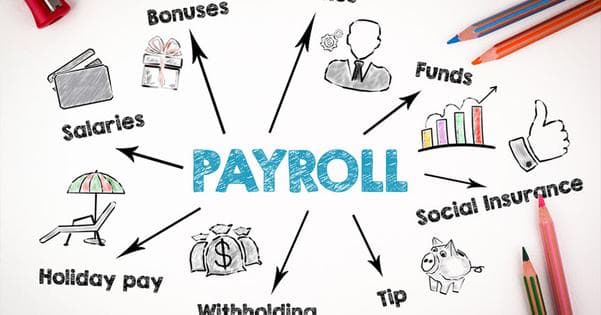It’s that time of year again! Payroll and accounting professionals are busy preparing for the grand finale: year-end payroll processing and tax filings.
Every December, accounting and payroll departments are consumed by preparing to run the final payroll of the year, get tax filings prepared and close the books. Instead of waiting until the last minute, there are several things that can be done now to ensure a smoother process, the books have been closed with confidence and employees have accurate paychecks and payroll tax forms while the business stays compliant.
Here are some best practices to assist with getting through year-end payroll activities:
Preparing Payroll
- Create a plan and checklist. If you haven’t already done so, it’s best to document a plan and assign tasks. With payroll laws and regulations constantly changing, even the most experienced payroll and accounting professionals can miss important steps.
- Verify employee information. Make sure critical payroll information like addresses, Social Security numbers, tax withholdings, wages and elected benefits are all up to date. The U.S. Social Security Administration also offers a Social Security Number verification service.
- Notify employees of unused benefits like time off balances according to your company policies.
- Determine if annual bonuses or other variable payments will be paid out in the current calendar year or the next calendar year.
- Verify your workforce hasn’t exceeded limits for 401k contributions, health savings contributions and flexible spending accounts.
- Perform an audit of accounts payable practices to ensure fringe benefits or other payroll related liabilities are not being recorded for 1099 purposes in lieu of form W-2.
Tax Filings
- Review your quarterly 941 totals in preparation for balancing year-end totals. Creating a reconciliation of taxable wages and tax for all your jurisdictions is a best practice to ensure general ledger accounts balance at year end.
- Ensure special tax items have been updatedtoensure all fringe benefits, third-party sick pay and adjustments are entered prior to running the final payroll of the year. For details on the type of fringe benefits that are reportable on form W-2, refer to IRS Publication 15-B. (opens in new tab)
- Ensure you do not have any state or local agencies in an applied for status; most agencies will not accept filings without the state or local ID number.
- Look for deposit change frequency notices. If you receive notices from withholding tax agencies to change deposit frequency, make sure to update this information in your payroll software to ensure your deposit frequency for the new tax year is accurate. Performing a “look back” audit of your tax liabilities at the end of the year and verifying the agency requirements for deposit frequency is generally a good practice to avoid receiving an agency notice and potential penalty for noncompliance.
- Important reminder for tax year 2021:If you have elected to defer Social Security contributions, 50% of the deferral is due by no later than the last day of December. Plan accordingly!
Year-end payroll planning and activities can certainly be a daunting task, but by taking proactive measures now, it can be less time consuming and stressful.
To learn more about payroll software options download (opens in new tab) the Business Guide.




